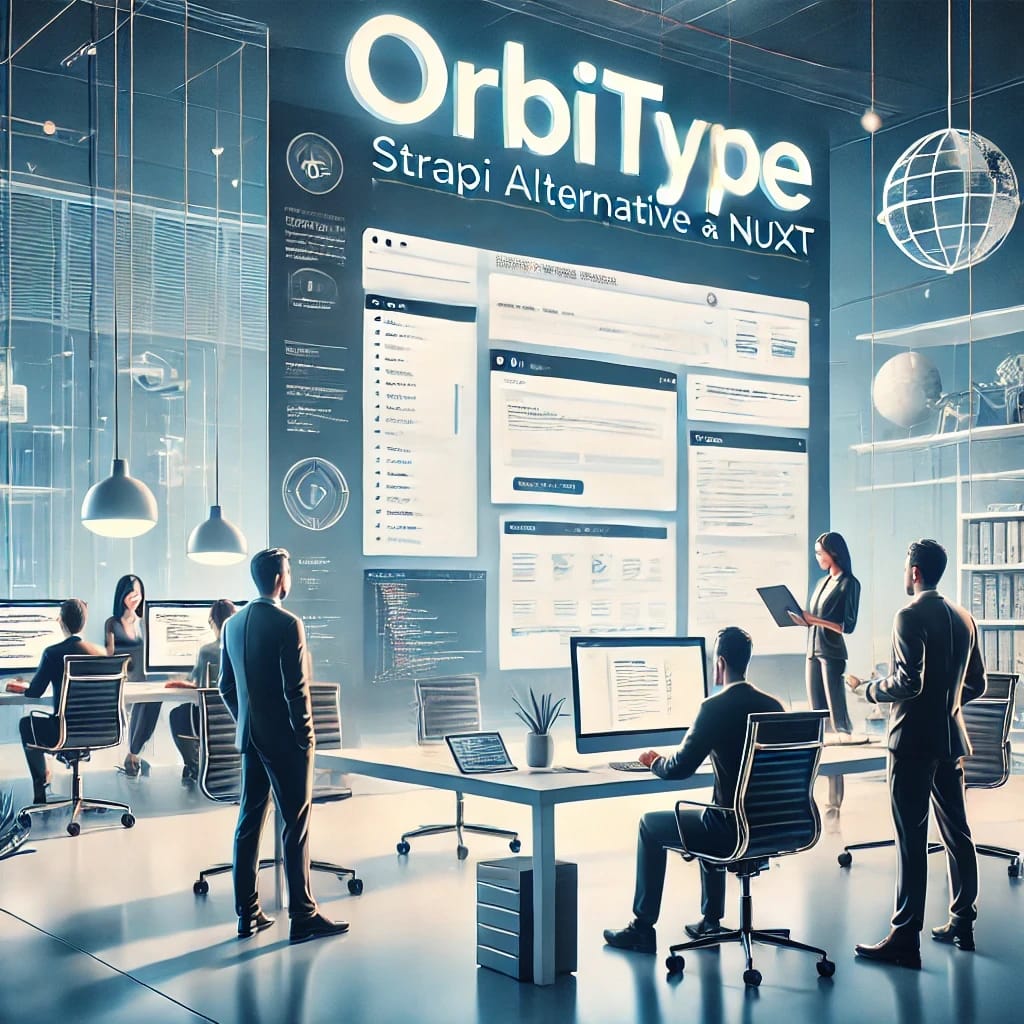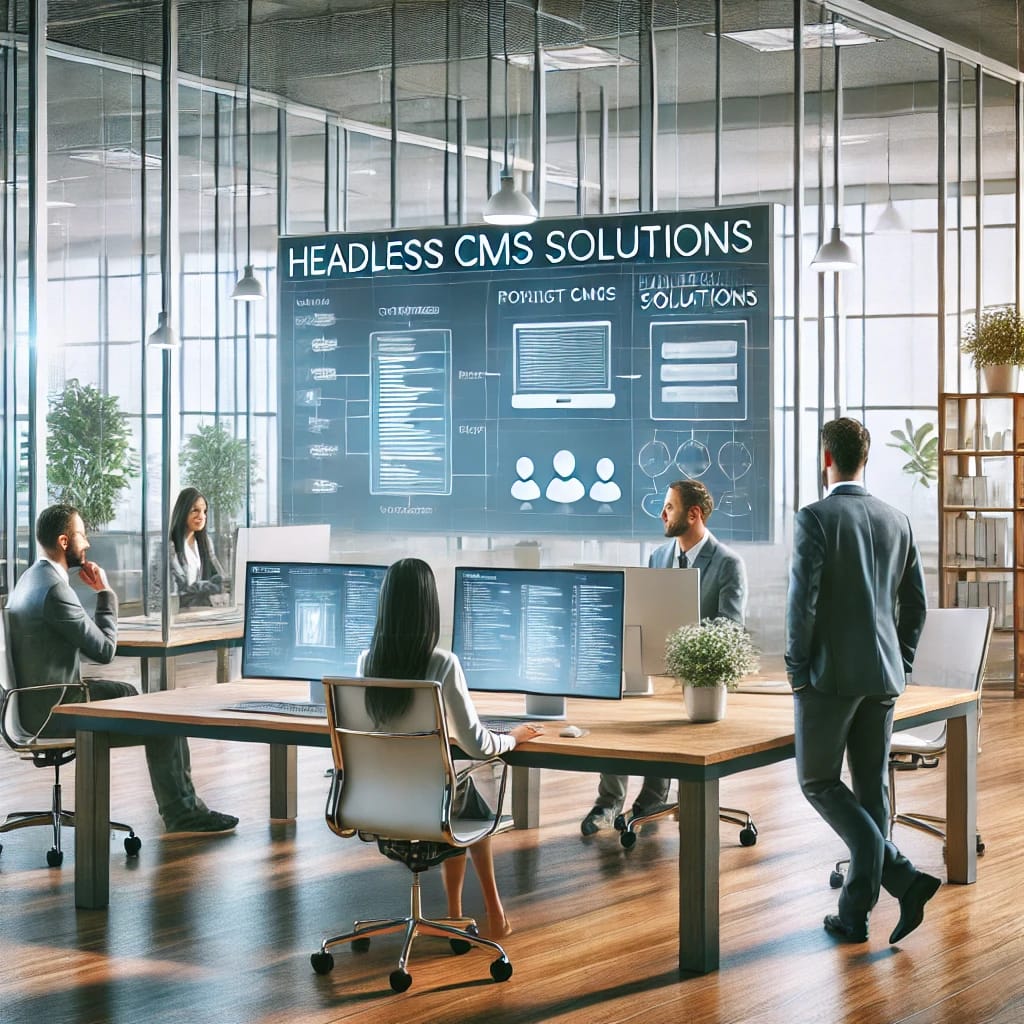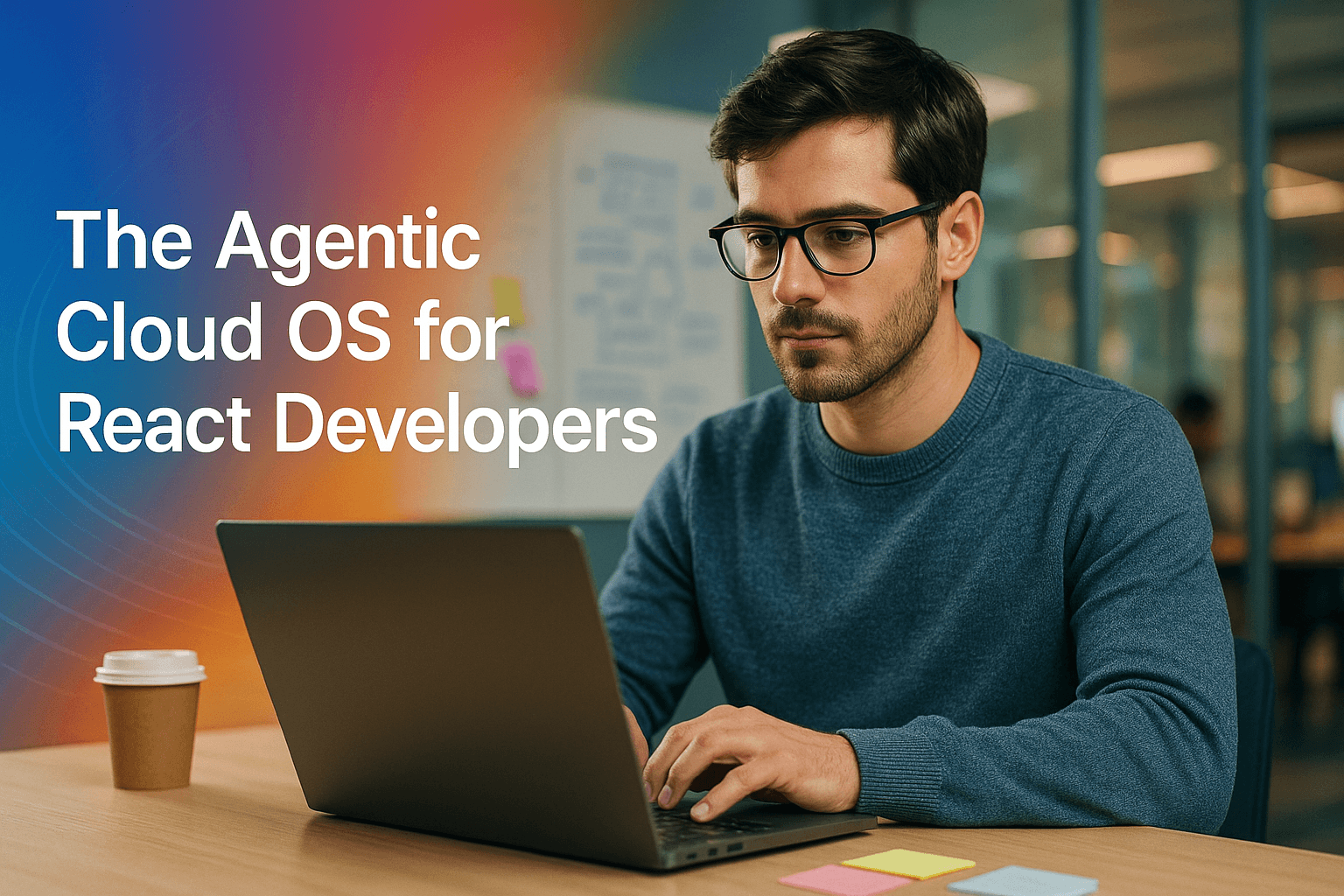
Table of Contents
Orbitype: The Agentic Cloud OS for React Developers
In the dynamic web development landscape, the choice of technology has a significant impact on the success of a project. React developers are constantly on the lookout for robust solutions that can streamline their workflow and improve their applications. This is where Orbitype comes into play. Orbitype is a modern headless content management system (CMS), and proves to be a powerful ally for React developers. However, Orbitype goes beyond traditional CMS capabilities by functioning as an Agentic Cloud OS - a comprehensive platform where AI agents work alongside developers to automate workflows, enhance productivity, and create intelligent applications. Orbitype's architecture integrates seamlessly with React's component-based approach. This makes it a great choice for building fast, scalable and flexible web applications enhanced by AI workforce capabilities.
The synergy between Orbitype and React: Enhanced by AI Agents
React is known for its effectiveness in creating interactive user interfaces. React is particularly effective in combination with a headless CMS such as Orbitype. Orbitype focuses mainly on the backend and thus shows its headless character. Orbitype includes the management and provision of content via APIs, without prescribing how the front end should be structured. This decoupling gives React developers the freedom to design and develop the frontend without restrictions. This enables the creation of unique and customized user experiences. What sets Orbitype apart is its integration of AI agents that can monitor your React applications, automatically optimize content delivery, and even suggest improvements to your component architecture. These AI workforce members work continuously in the background, analyzing user interactions and performance metrics to enhance your application's effectiveness. Orbitype proves to be a powerful tool in a React developer's arsenal.
Working with Angular instead of React? See how Orbitype supports Angular projects in our Angular CMS guide.
API-driven development with intelligent automation
Orbitype's API approach fits perfectly with React's component-based architecture. Developers can retrieve content via API calls. This content can then be rendered into React components. This method improves the reusability of the component. It therefore ensures consistency between different parts of the application. By using APIs, Orbitype can also be integrated into existing React projects with minimal disruption. Beyond traditional API functionality, Orbitype's AI agents can automatically optimize API responses based on your React application's usage patterns. These intelligent systems learn from your component structure and user behavior to pre-fetch relevant content, cache frequently accessed data, and even suggest API endpoint optimizations. The workflow automation capabilities allow you to set up triggers that automatically update your React components when content changes, ensuring your application stays synchronized without manual intervention. Developers can thus manage content in a more structured and efficient way.
Improved performance and scalability with AI workforce
React applications very often require dynamic content that can change a lot. Orbitype's efficient delivery of content via APIs ensures that React applications can remain fast and responsive. It is possible to retrieve only the required content. This reduces the load on the server and the time to first byte. This is crucial for maintaining high performance in React applications. Orbitype is characterized by high scalability. Combined with React's efficient rendering and updating mechanism, applications can easily handle increased traffic and content growth. The AI workforce takes this further by implementing predictive caching strategies, automatically scaling resources based on traffic patterns, and optimizing database queries in real-time. These AI agents continuously monitor your application's performance metrics and can automatically adjust configurations to maintain optimal speed and responsiveness even during traffic spikes.
Enhanced development experience with intelligent assistance
For React developers, the experience of integrating with a CMS is not always hurdle-free. However, Orbitype's intuitive API and flexible content modeling make it a very developer-friendly platform. Developers can define the structure of their content in the way that best suits their React application. This can then ensure consistency between content delivery with the component structure and the state management patterns used in React. The integrated AI agents act as intelligent development assistants, automatically generating TypeScript interfaces from your content models, suggesting optimal component structures, and even identifying potential performance bottlenecks in your React code. These AI workforce members can analyze your codebase and recommend best practices specific to your project's architecture, making the development process more efficient and reducing the learning curve for new team members.
E-commerce platforms with AI-driven automation
In the world of e-commerce, dynamic content and user experience are essential. Orbitype and React can be a great combination. React can create interactive and dynamic user interfaces. In combination with Orbitype's efficient content management and delivery, seamless shopping experiences can be created. Product information, descriptions and images managed in Orbitype can then be dynamically rendered into React components. This allows up-to-date and engaging content to be provided to users or clients. The AI agents enhance e-commerce operations by automatically updating product descriptions based on inventory levels, personalizing content recommendations for individual users, and optimizing pricing strategies in real-time. These intelligent systems can analyze customer behavior patterns to suggest cross-selling opportunities and automatically generate marketing content that resonates with specific customer segments, significantly boosting conversion rates and customer satisfaction.
Educational and content-rich websites with intelligent content management
For educational platforms or content-rich websites, the combination of React and Orbitype offers many possibilities. Large and diverse content can be managed and displayed efficiently. React's component-based architecture enables the creation of different layouts and interactive elements. Meanwhile, Orbitype manages educational content, articles, tutorials and multimedia elements and can provide them according to the needs of the application. The AI workforce revolutionizes educational content delivery by automatically adapting learning materials to individual student progress, generating personalized quizzes and assessments, and identifying knowledge gaps in real-time. These AI agents can analyze student interaction patterns to recommend optimal learning paths and automatically update course materials based on the latest educational research and industry trends, ensuring content remains current and effective.
Marketing and portfolio sites with automated workflows
React developers who create marketing or portfolio websites can make excellent use of Orbitype. Especially for managing testimonials, portfolio items, blog posts and service descriptions. The headless CMS can store and provide content. These are rendered by React components. This creates unique and engaging web experiences that can be easily updated and maintained via the Orbitype backend. The workflow automation capabilities transform marketing operations by automatically generating social media posts from new portfolio items, creating personalized email campaigns based on visitor behavior, and optimizing SEO content in real-time. AI agents can analyze website performance metrics to suggest content improvements, automatically A/B test different layouts, and generate compelling copy that aligns with your brand voice, ensuring maximum engagement and conversion rates across all marketing channels.
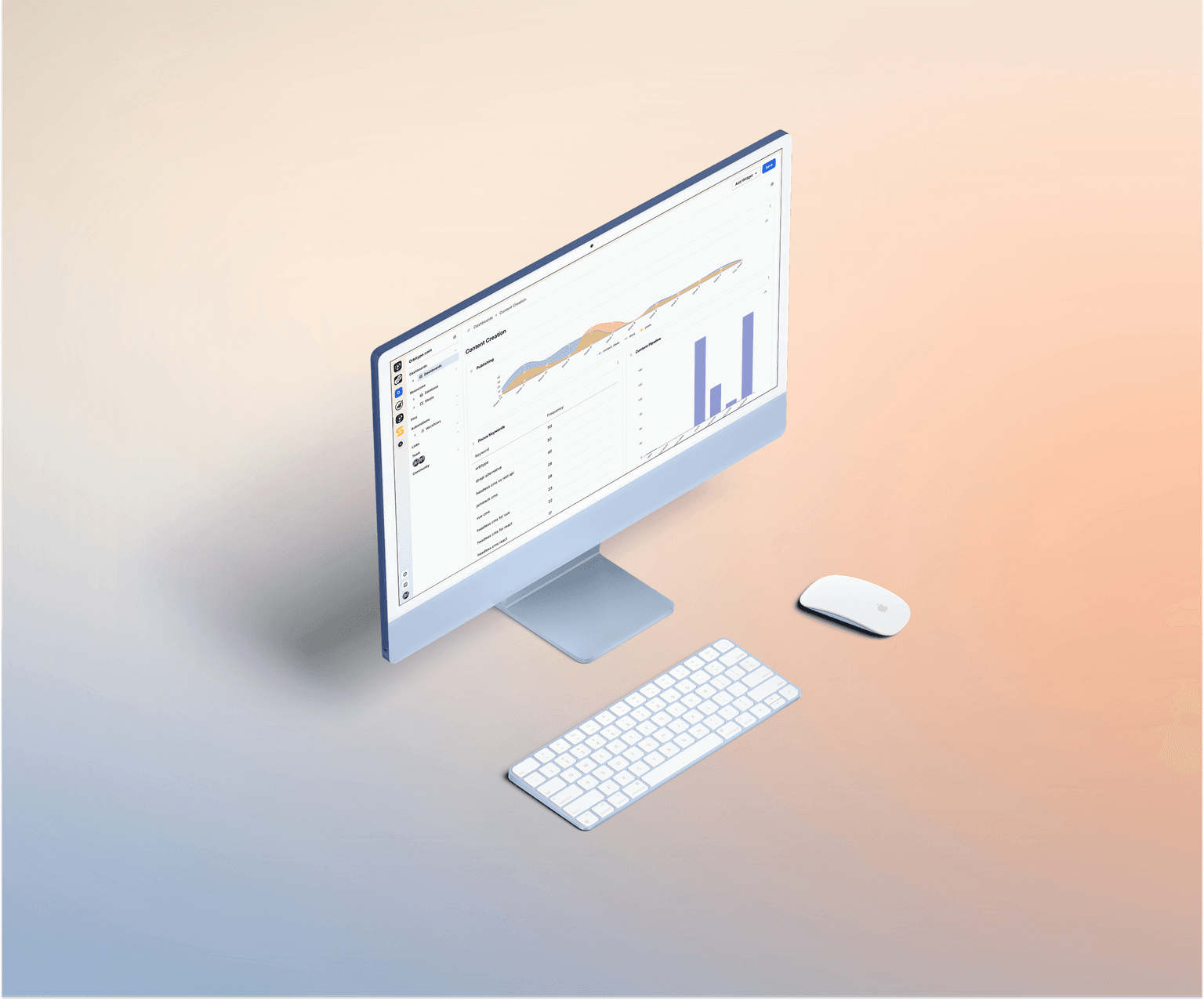
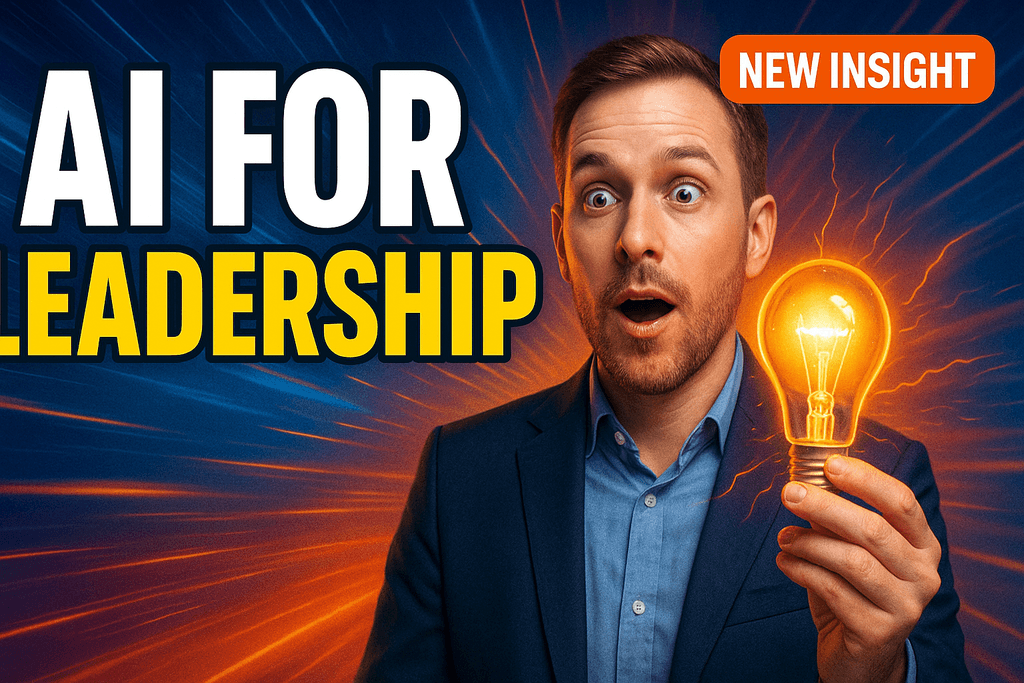
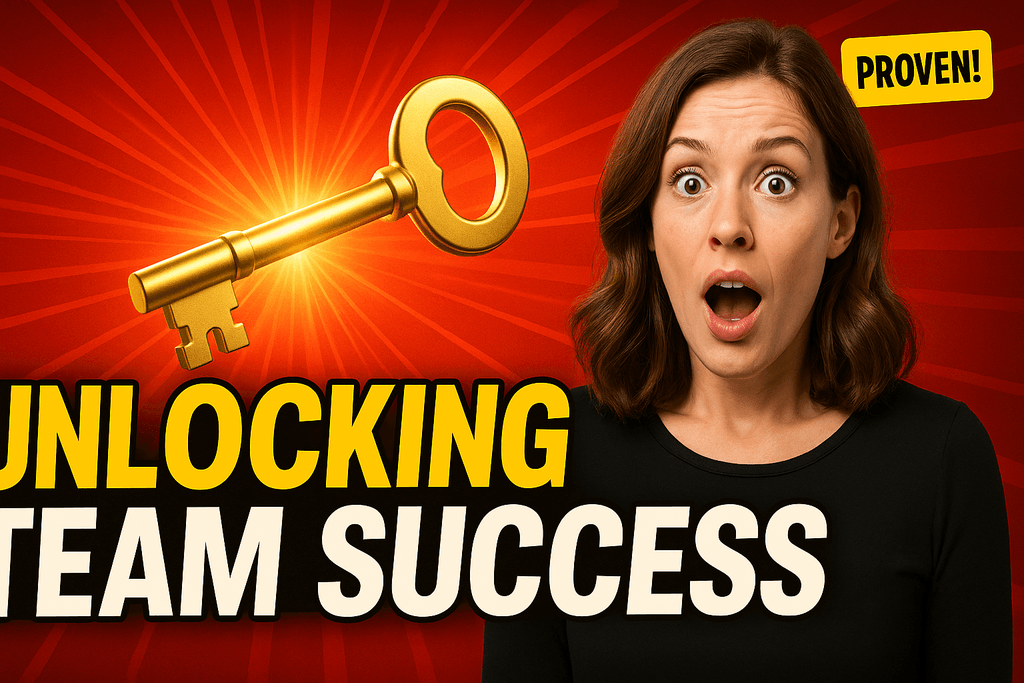
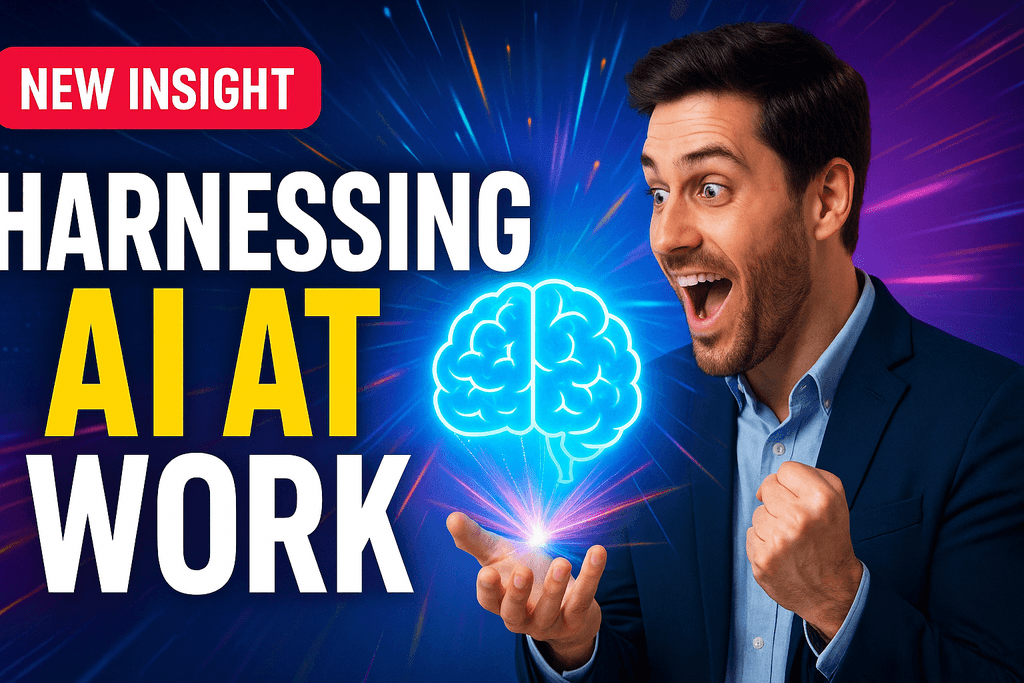

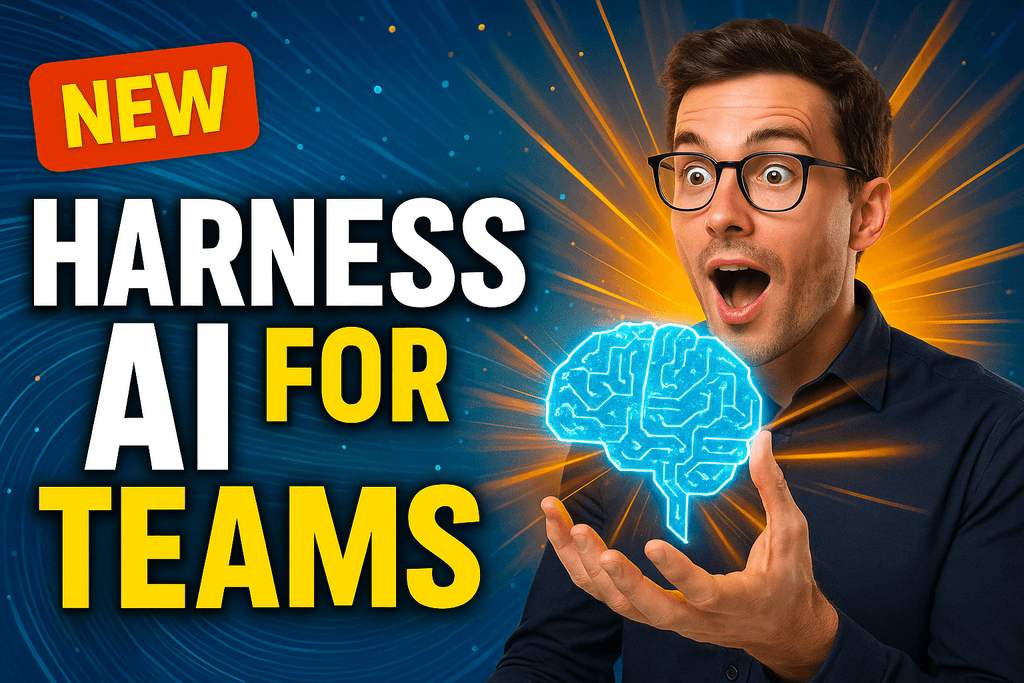

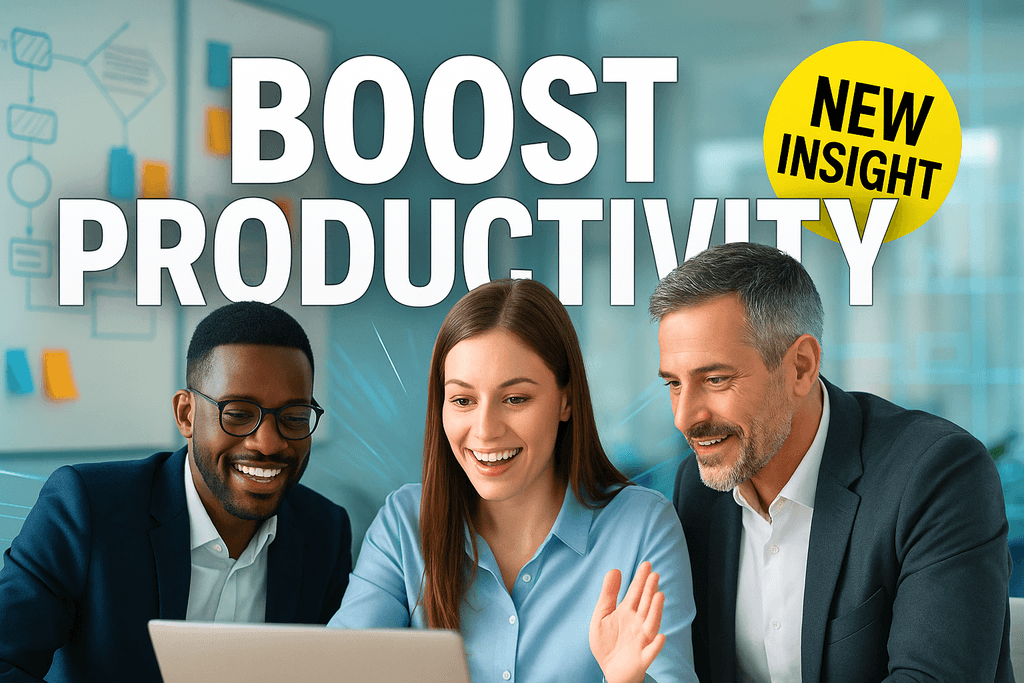
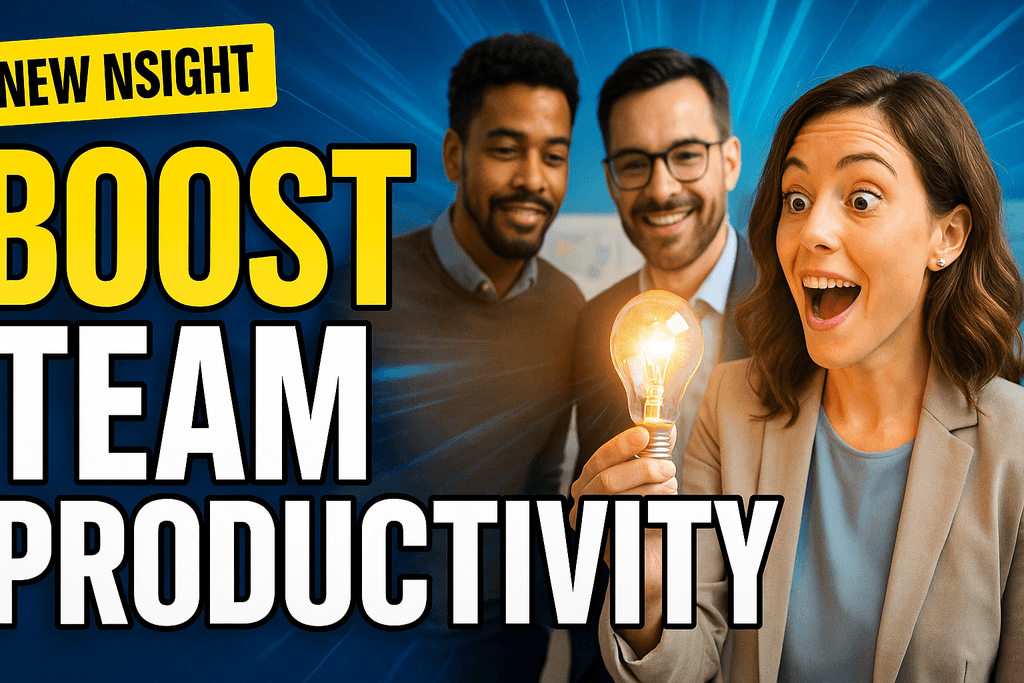








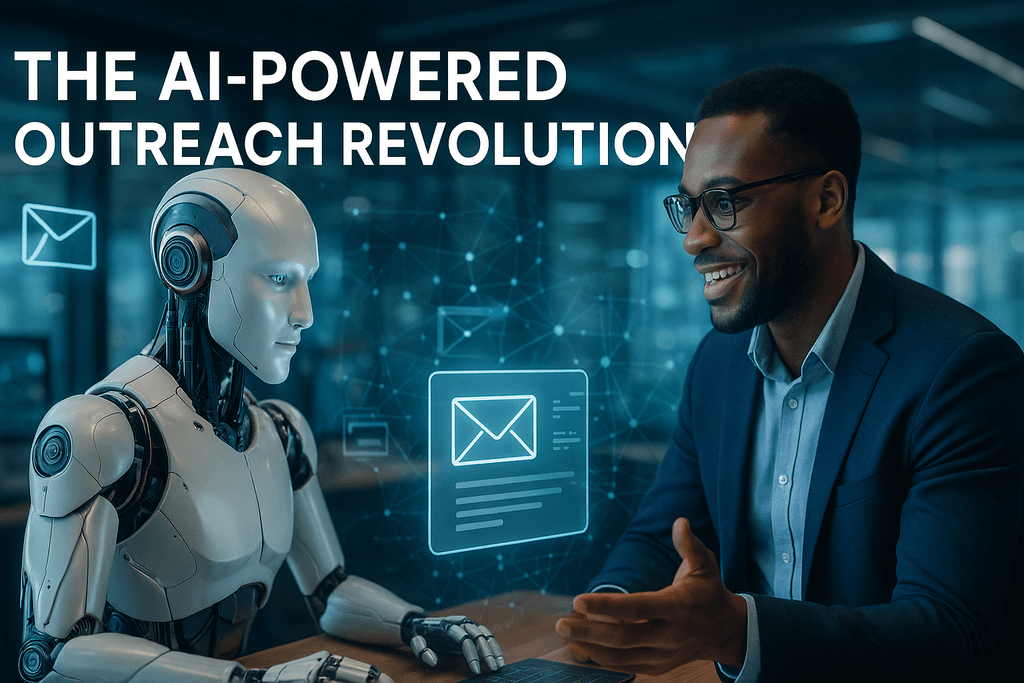
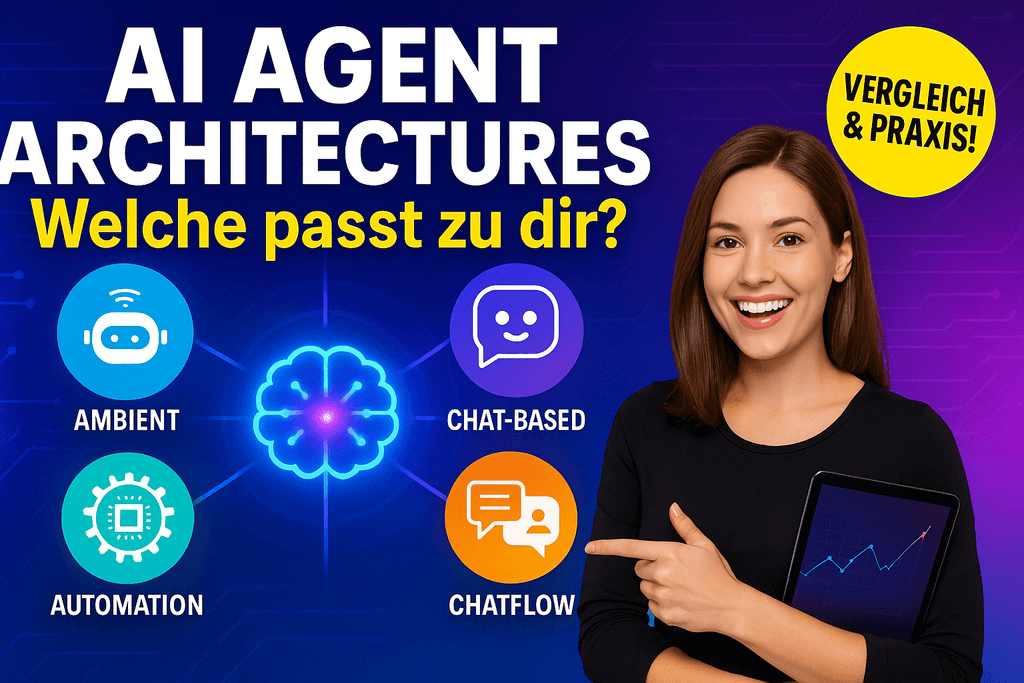
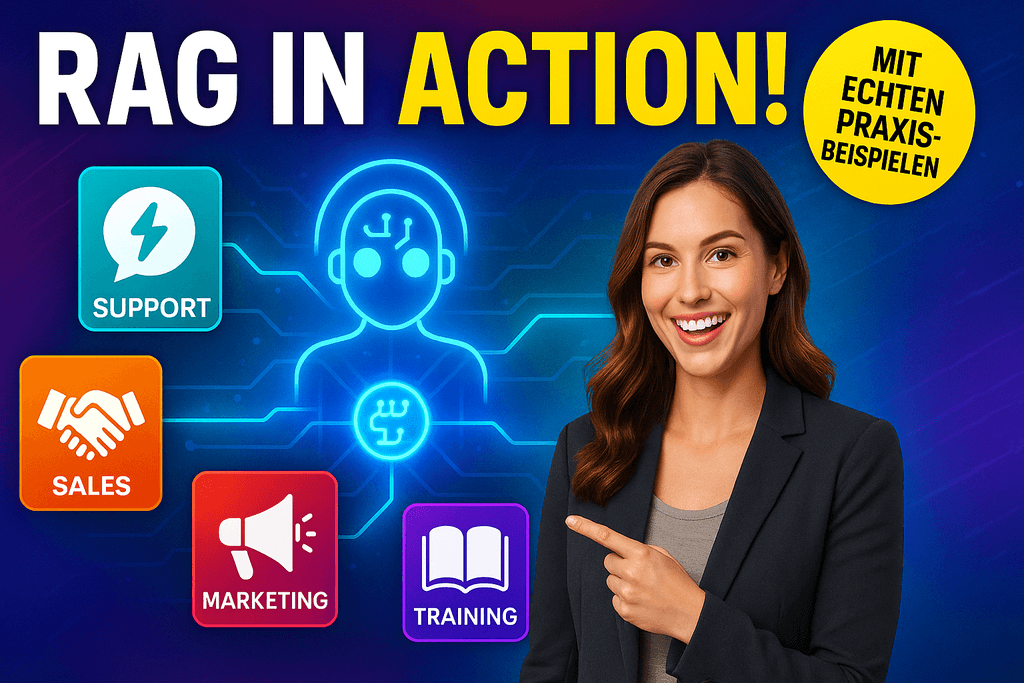
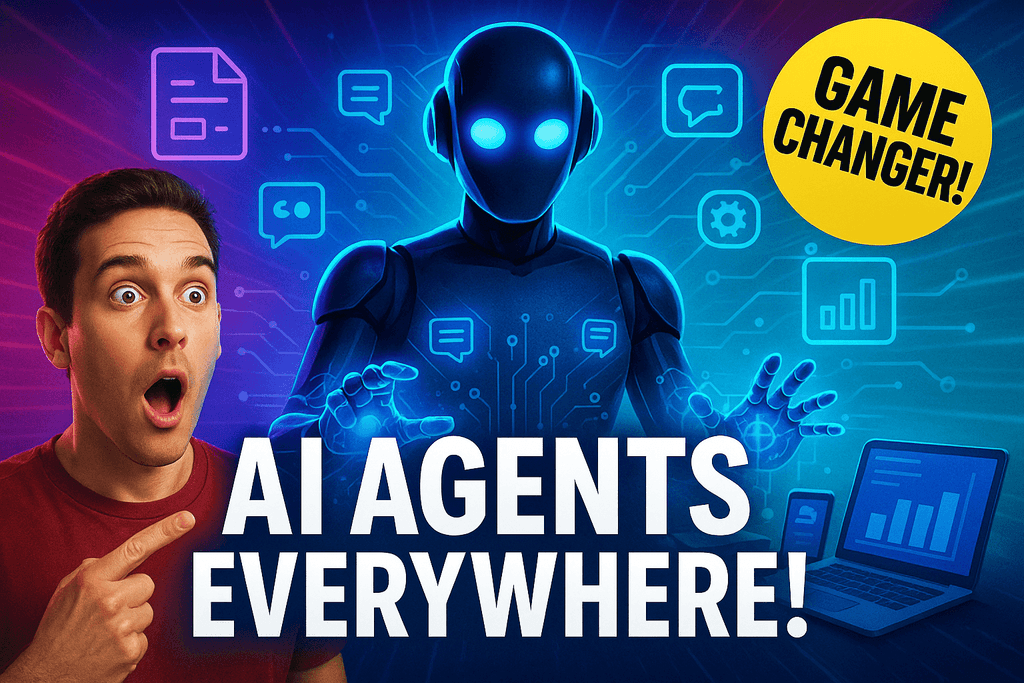
.png&w=1024&q=80)
